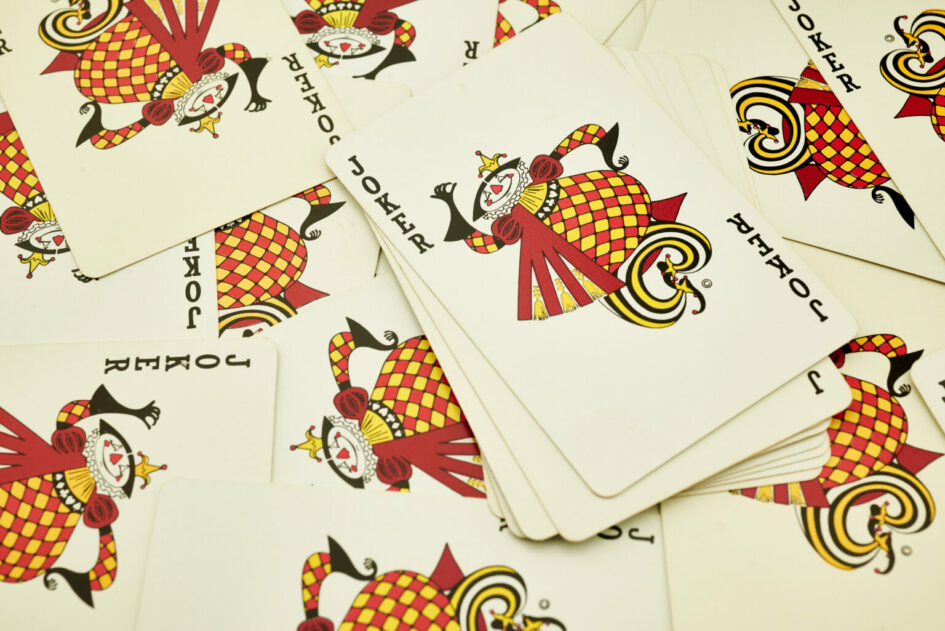Game-based learning refers to the borrowing of certain gaming principles and applying them to real-life settings to engage users (Trybus 2015). The motivational psychology involved in gamebased learning allows students to engage with educational materials in a playful and dynamic way. Game-based learning is not just creating games for students to play, it is designing learning activities that can incrementally introduce concepts, and guide users towards an end goal.
Pho, A., & Dinscore, A. (2015). Game-based learning. Tips and trends.
Games make today’s youth addicted and susceptible to addiction, but this is because they have insight into human nature and hit the core of human happiness with precision. After we understand the design mechanism and principle of games, we will find that game-based thinking is a way of thinking everyone can understand, master, and universally apply to our work, study and life. Students will prefer learning through colorful games to boring math lessons. Effective integration of the two can lead to better acceptance of new knowledge and deeper understanding. I like playing puzzle games during my break to exercise my reflexes, imagination, and logical thinking skills.
Here are the applications of game-based learning
In terms of game-based learning, there are currently five forms: game activities, outreach training, sandbox simulations, simulation training, and video game courses.
Game activities
Game activities are small games interspersed in the classroom, often used to regulate the atmosphere. They are generally short, concise, and in a supporting position. The fun features of the games are mainly utilized to add two-way interaction to the traditional one-way teaching classroom. Not only can they serve as a complementary experience to abstract concepts, but teachers can also use them to adjust the pace of classroom instruction.
Outreach training
The training is based on the experiential learning circle theory of “experience-reflect-abstract-apply” and team building. The games are challenging and allow participants to achieve challenging goals through the joint efforts of themselves and team members, thus gaining a sense of accomplishment and honor. At the same time, the communication environment created by the game can visually map the behavioral styles of the participants and can effectively promote social relationships among them.
Sandbox simulations
Sandbox will cultivate people’s thinking and decision-making skills and exercise the game between people. The sandbox also makes full use of the repeatability of the game as a feature to provide an iterative trial and error environment for participants to reflect and learn through practice.
Simulation training
Simulation training provides immediate response to improper operations of trainees by establishing multi-dimensional feedback in an immersive, realistic environment as a coach gives direct guidance to trainees and allows them to practice deliberately. Students can effectively improve their skill proficiency and ability to respond to various emergency contingencies.
Video game courses
The game allows for creating rich characters and episodes to build learning scenarios. It provides personalized plot development through real-time interaction between course content and learners and creates an exploratory learning environment. Promote cognitive efficiency and improve learning effectiveness. It efficiently uses a value for knowledge learning, reason comprehension, and even culture penetration.
There are many management, business, and education cases where imaginative minds have achieved great success because of their insight into the mysteries of game-based thinking. More and more people from different industries realize that game-based thinking is the chosen one that can make up for our shortcomings and those of the real world.
Reference
Pho, A., & Dinscore, A. (2015). Game-based learning. Tips and trends.

2022-06-12 at 8:11 pm
Hi, Jasmine
You have a very interesting point of view. And your blog is very convincing because you have inserted a video in this blog that fits your point of view. Do you think game-based learning would be more effective than the normal learning model? Do you have any experience with game-based learning?